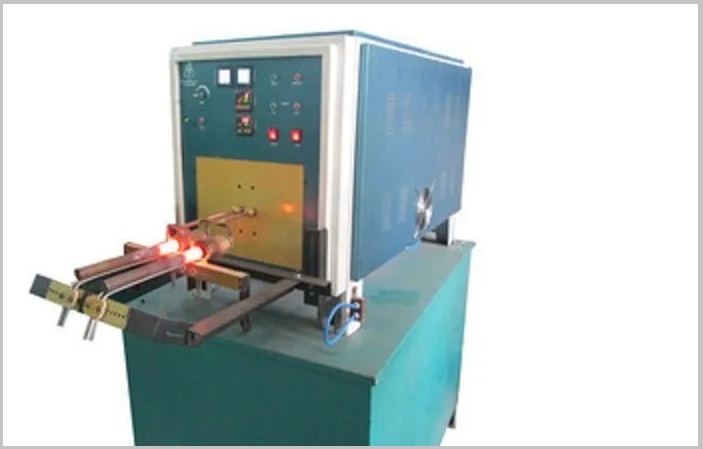Warm forging is a metal forming process that involves heating the material to temperatures above room temperature but below its recrystallization temperature. This temperature range, typically between 500 to 950 degrees Celsius (932 to 1742 degrees Fahrenheit), enhances the material's plasticity and reduces the force required for deformation. To facilitate the warm forging process, a reliable and efficient warm forging heater is essential. This equipment plays a crucial role in achieving the desired material properties and forming intricate shapes in a controlled and efficient manner.
One of the key considerations in a warm forging heater is its temperature range. Unlike hot forging, where materials are heated to much higher temperatures, a warm forging heater needs to provide precise control within the specified temperature range. This allows for optimal plasticity without causing undesired changes in the material's structure.
The heating method is another critical aspect. Different techniques are employed in forging, including induction heating, resistance heating, and gas heating. The choice of method depends on factors such as the type of material being forged, the required temperature, and the specific application. Induction heating, for instance, is known for its efficiency and precise control, making it a popular choice in warm forging applications.
Control and precision in temperature management are paramount for successful warm forging. The heater should maintain the desired temperature consistently throughout the forging process. This precision ensures uniformity in the material's plasticity, enabling the production of high-quality forged components with predictable mechanical properties.
Heating time is a significant factor influencing the overall efficiency of warm forging. A fast and efficient warm forging heater reduces downtime, contributing to increased productivity. The ability to quickly and accurately reach the desired forging temperature is a valuable feature, especially in high-volume manufacturing environments.
Uniform heating is crucial for achieving consistent results in warm forging. The heater should be designed to provide even heat distribution across the workpiece, preventing uneven deformation and ensuring the final product meets the required specifications. This uniformity is essential for producing components with tight tolerances and complex shapes.
Safety features are of utmost importance in any industrial equipment, and warm forging heaters are no exception. Overheat protection, emergency shut-off mechanisms, and temperature monitoring contribute to a safer working environment. These features not only safeguard operators but also protect the equipment from potential damage.
Energy efficiency is a key consideration for both environmental sustainability and cost-effectiveness. An energy-efficient warm forging heater can contribute to reduced operational costs over time. Technologies and features that minimize energy consumption without compromising performance are highly desirable.
The size and form factor of the warm forging heater should be tailored to the specific requirements of the forging application. Compatibility with the size and shape of the workpiece ensures optimal heat distribution and efficient use of energy.
In addition to technical specifications, the ease of maintenance and integration with other forging equipment are essential factors. Regular maintenance is critical for the longevity of the equipment and minimizing downtime. Compatibility with the broader forging system ensures seamless integration, enhancing overall production efficiency.
Finally, regulatory compliance is a crucial consideration. Warm forging heaters should adhere to industry standards and regulations to ensure both safety and quality in the forging process.
A high-quality warm forging heater is a fundamental component in the metal forming process. Its ability to provide precise temperature control, uniform heating, and incorporate safety features contributes to the overall efficiency and success of warm forging applications. Whether used in automotive, aerospace, or other industries, a well-designed warm forging heater plays a vital role in producing reliable and high-performance forged components.
- Address: S. N. 79/2, Dangat Vasti,Chouwdhari Veet Bhatti, NDA Road Shivane, Pune 29, Maharashtra.
- Certified: ISO 9001: 2010
Warm Forging Heater
Royal Induction
We are offering Heating Machine, Melting Machine, Hardening Machine,Annealing Machine etc.
Get Best Product With Us


